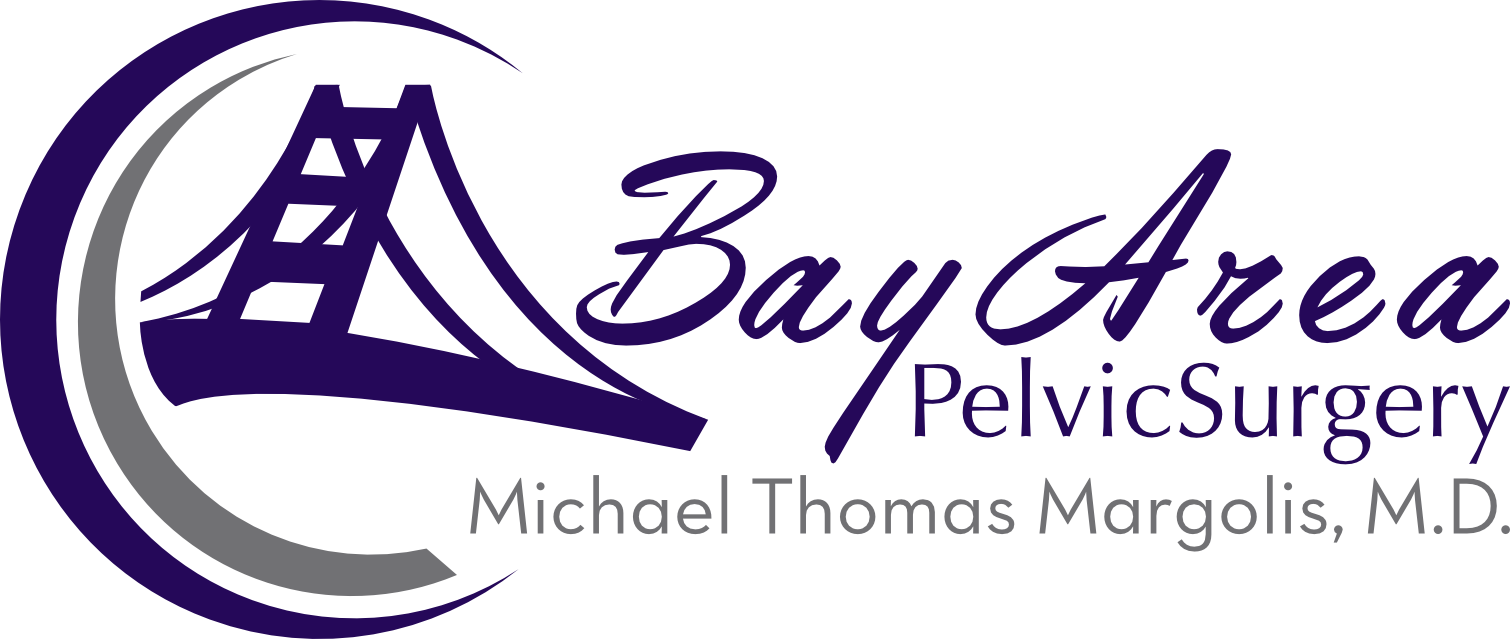EXPERIENCE MATTERS WITH HYSTERECTOMY
Although the goal is always to try conservative therapy where appropriate, many women will eventually require definitive surgical management via removal of the uterus (hysterectomy). Patients will benefit from Dr. Margolis’ decades of experience in both open and minimally invasive surgical techniques, especially in more challenging cases where patients have prior abdominal surgeries, enlarged uterus, or other significant medical conditions.
Examples of patients who can benefit from Dr. Margolis may include:
A low-risk surgical patient looking for an experienced and trusted surgical specialist
A patient with prior abdominal surgeries or pelvic adhesions
A postmenopausal woman with multiple health issues for whom minimizing time under anesthesia is critical
A patient with a large fibroid uterus
A patient with endometriosis
The number of hysterectomies performed annually in the US has declined in recent years. When choosing a surgeon, it is important to have an upfront discussion about surgical volume. Multiple studies have demonstrated a strong correlation between higher surgical volumes and increased efficiency, better outcomes, and lower complication rates. Dr. Margolis has performed thousands of hysterectomies in his career including many complicated cases referred from other surgeons.
Hysterectomy FAQ
What is a hysterectomy?
Hysterectomy refers to surgical removal of the uterus. In most cases, the cervix is removed as well (total hysterectomy). Common indications for hysterectomy include symptomatic fibroids, abnormal uterine bleeding, pelvic pain, and endometrial cancer. A hysterectomy may also be performed at the time of a surgery for pelvic organ prolapse. Dr. Margolis generally recommends removal of the fallopian tubes at the time of hysterectomy. A growing body of literature suggests that removing the fallopian tubes decreases the risk of ovarian cancer, which in some cases arises from the fallopian tubes.
What are the different types of hysterectomy?
traditional open approach (laparotomy) involving a large incision on the abdomen
minimally invasive options: vaginal, laparoscopic, or robotic.
in general, Dr. Margolis favors vaginal and laparoscopic hysterectomy approaches (in appropriate surgical candidates) due to shorter operative times, quicker recovery times, and less post-operative pain. In limited circumstances, a laparotomy may be the most appropriate option for a given patient.

